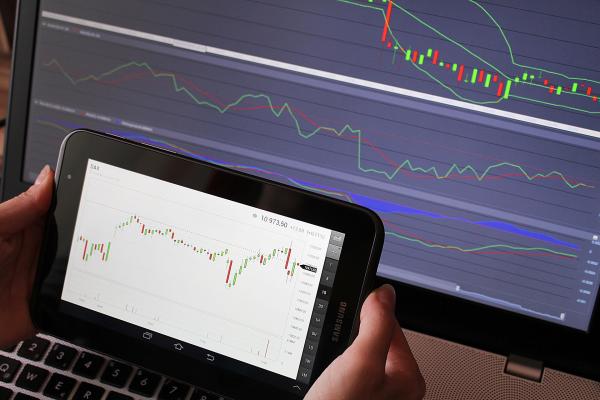A look at the debt of GDS Holdings
Over the past three months, GDS Holdings Inc. GDS shares are down 62.93%. Before we look at how big the debt is, let's take a look at how much debt GDS Holdings has.
Debt of GDS HoldingsBased on GDS Holdings financial statements as of April 17, 2020, long-term debt is $14.83 billion and current debt is $1.36 billion , a total debt of $16.19 billion. After adjusting for $5.81 billion in cash equivalents, the company's net debt is $10.38 billion.
Let's define some of the terms we used in the paragraph above. Current debt is the portion of a company's debt that is due within one year, while long-term debt is the portion due in more than one year. Cash equivalents include cash and all liquid securities with maturities of 90 days or less. Total debt equals current debt plus long-term debt minus cash equivalents.
Investors look at the debt-to-equity ratio to understand a company's financial leverage. GDS Holdings has total assets of $31.49 billion, bringing the debt ratio to 0.51. Generally speaking, a debt ratio greater than 1 means that a large part of the debt is financed by assets. As the debt-to-equity ratio increases, the risk of loan default also increases if interest rates were to rise. Different industries have different tolerance thresholds for debt ratios. For example, a debt ratio of 25% may be higher for one sector, but normal for another.
Why do investors watch debt?In addition to equity, debt is an important factor in a company's capital structure and contributes to its growth. Due to its lower cost of funding than equity, it becomes an attractive option for executives trying to raise capital.
However, due to interest payment obligations, a company's cash flow may be impacted. Equity holders can retain excess profits, generated by debt capital, when companies use debt capital for their business operations.
Looking for stocks with low leverage ratios? Check out Benzinga Pro, a market research platform that gives investors near-instant access to dozens of stock market metrics, including leverage ratio. Click here to learn more.
This article was generated by Benzinga's automated content engine and reviewed by an editor.
© 2022 Benzinga.com. Benzinga does not provide investment advice. All rights reserved.

Over the past three months, GDS Holdings Inc. GDS shares are down 62.93%. Before we look at how big the debt is, let's take a look at how much debt GDS Holdings has.
Debt of GDS HoldingsBased on GDS Holdings financial statements as of April 17, 2020, long-term debt is $14.83 billion and current debt is $1.36 billion , a total debt of $16.19 billion. After adjusting for $5.81 billion in cash equivalents, the company's net debt is $10.38 billion.
Let's define some of the terms we used in the paragraph above. Current debt is the portion of a company's debt that is due within one year, while long-term debt is the portion due in more than one year. Cash equivalents include cash and all liquid securities with maturities of 90 days or less. Total debt equals current debt plus long-term debt minus cash equivalents.
Investors look at the debt-to-equity ratio to understand a company's financial leverage. GDS Holdings has total assets of $31.49 billion, bringing the debt ratio to 0.51. Generally speaking, a debt ratio greater than 1 means that a large part of the debt is financed by assets. As the debt-to-equity ratio increases, the risk of loan default also increases if interest rates were to rise. Different industries have different tolerance thresholds for debt ratios. For example, a debt ratio of 25% may be higher for one sector, but normal for another.
Why do investors watch debt?In addition to equity, debt is an important factor in a company's capital structure and contributes to its growth. Due to its lower cost of funding than equity, it becomes an attractive option for executives trying to raise capital.
However, due to interest payment obligations, a company's cash flow may be impacted. Equity holders can retain excess profits, generated by debt capital, when companies use debt capital for their business operations.
Looking for stocks with low leverage ratios? Check out Benzinga Pro, a market research platform that gives investors near-instant access to dozens of stock market metrics, including leverage ratio. Click here to learn more.
This article was generated by Benzinga's automated content engine and reviewed by an editor.
© 2022 Benzinga.com. Benzinga does not provide investment advice. All rights reserved.
What's Your Reaction?






















